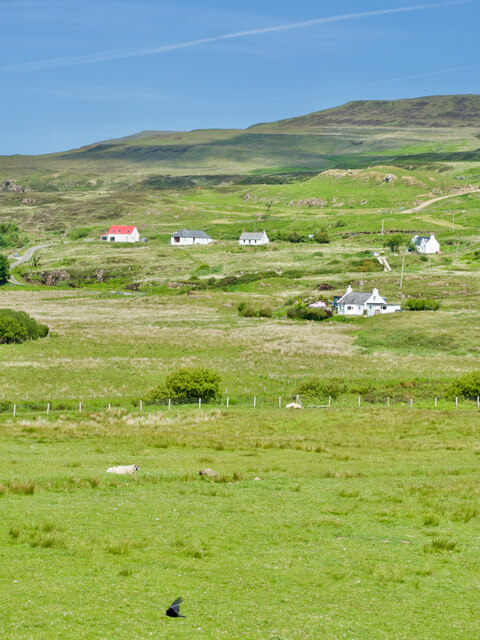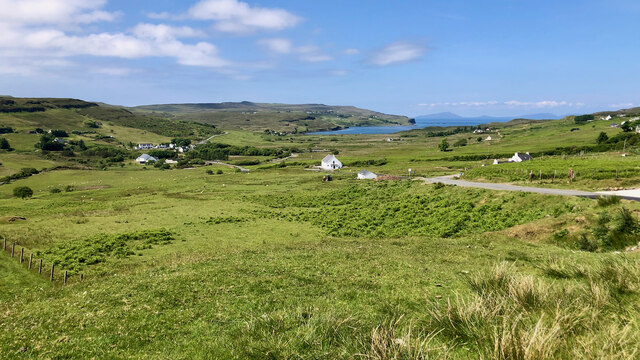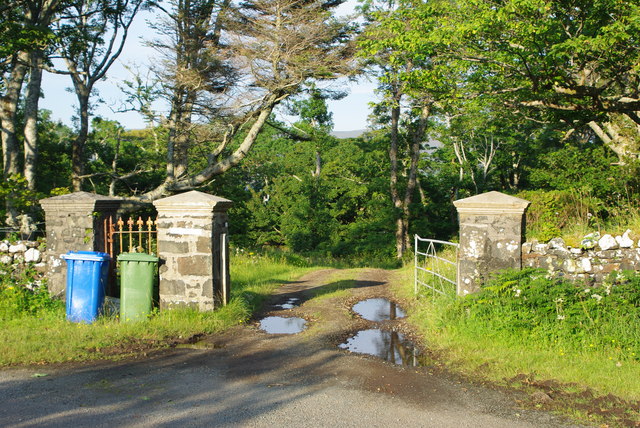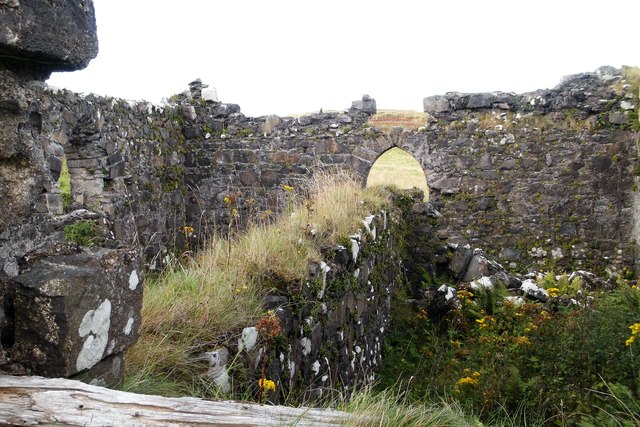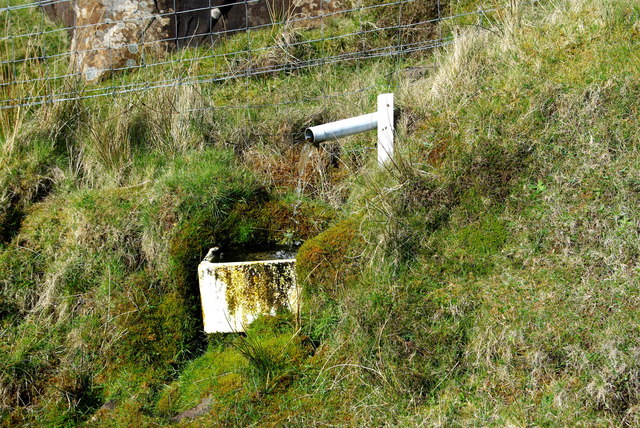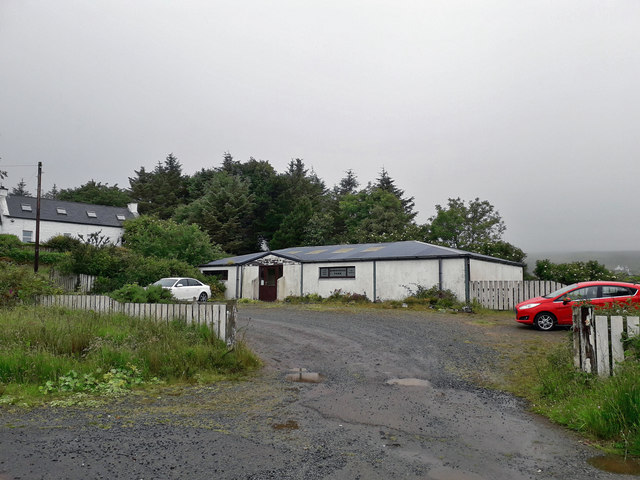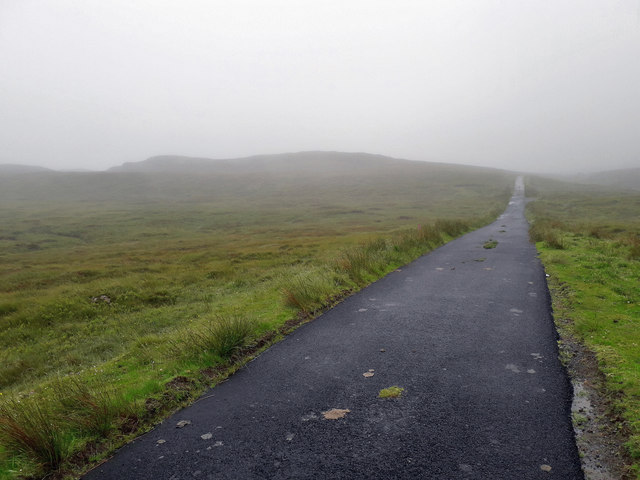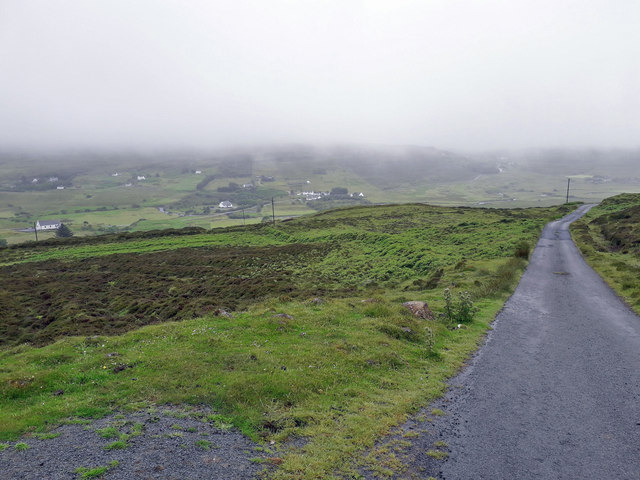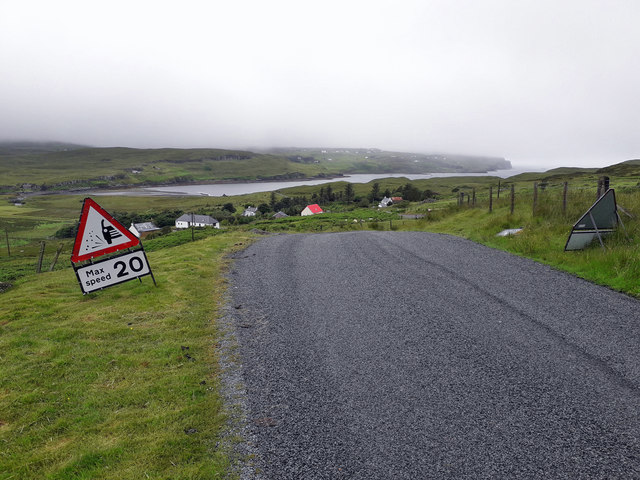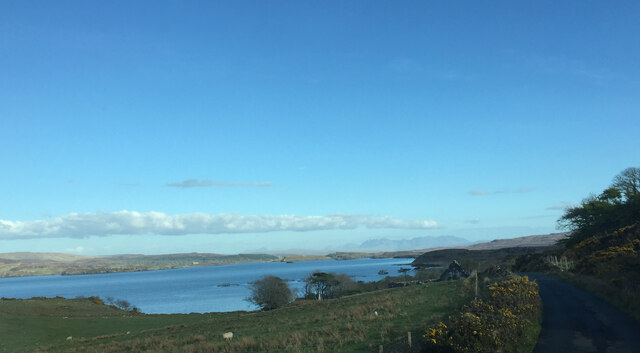Scoval
Hill, Mountain in Inverness-shire
Scotland
Scoval
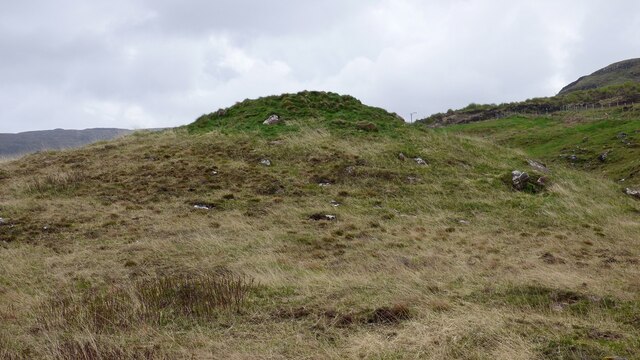
Scoval is a prominent hill located in Inverness-shire, Scotland. It is situated in the picturesque countryside, known for its stunning natural beauty and rugged terrain. Standing at an elevation of approximately 500 meters (1,640 feet), Scoval offers breathtaking panoramic views of the surrounding landscape.
The hill is composed primarily of granite, creating a distinctive rocky appearance that adds to its charm. It is covered in heather and grass, which provide a vibrant green hue during the warmer months. Scoval is also home to various species of wildlife, including red deer, mountain hares, and various bird species.
The hill is a popular destination for outdoor enthusiasts and hikers due to its accessibility and the rewarding views it offers. There are several well-maintained trails that lead to the summit, ranging in difficulty to accommodate different skill levels. The ascent can be challenging in some sections, but the effort is rewarded with breathtaking vistas of the surrounding countryside.
Scoval is particularly popular during the summer months when the weather is generally mild and the days are longer. However, it can be visited throughout the year, with each season offering its own unique beauty. Winter brings a blanket of snow, transforming the landscape into a winter wonderland, while autumn paints the hillside with vibrant hues of red, orange, and gold.
Overall, Scoval in Inverness-shire is a captivating hill that offers nature lovers and outdoor enthusiasts a chance to immerse themselves in the stunning Scottish countryside and witness the beauty of the region from a unique vantage point.
If you have any feedback on the listing, please let us know in the comments section below.
Scoval Images
Images are sourced within 2km of 57.465179/-6.7021033 or Grid Reference NG1851. Thanks to Geograph Open Source API. All images are credited.
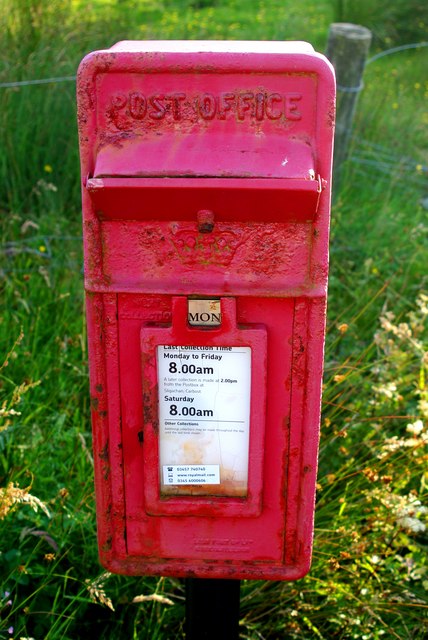
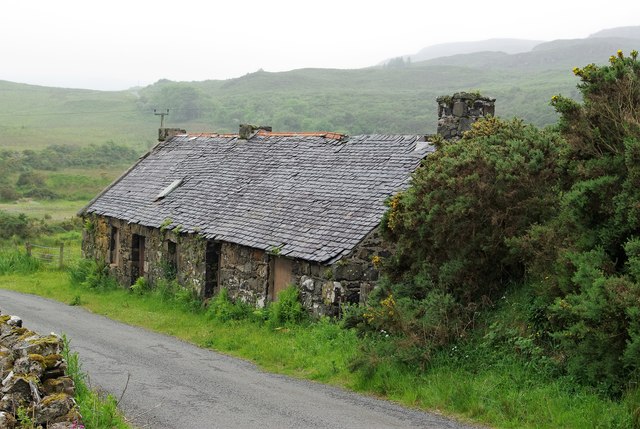
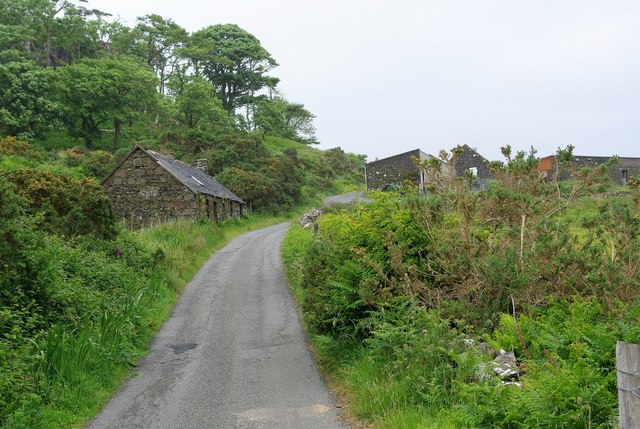
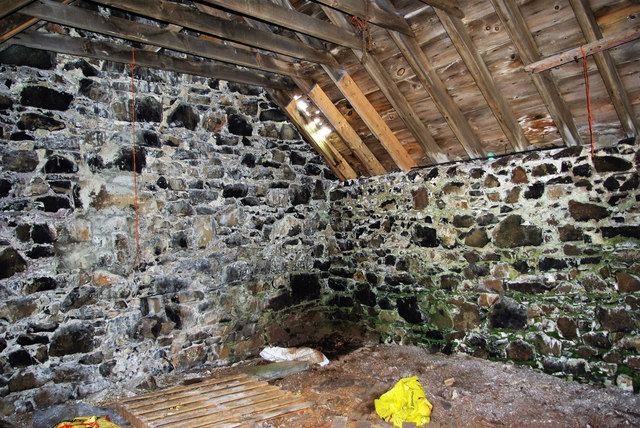
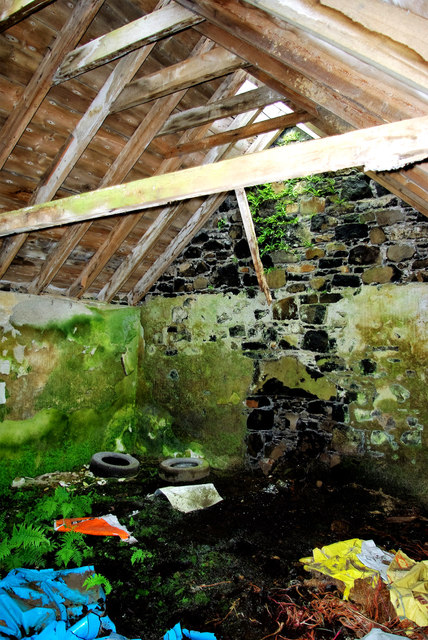
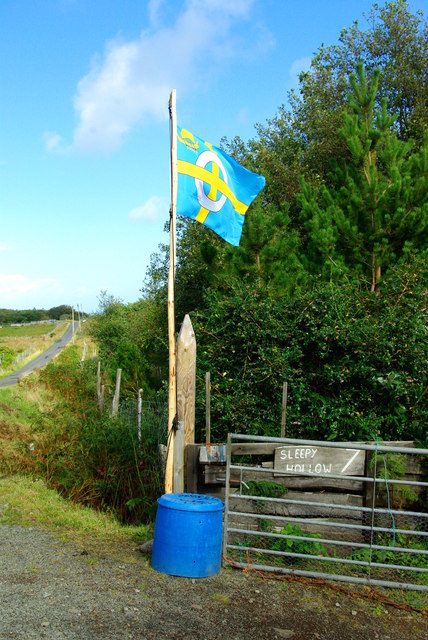
Scoval is located at Grid Ref: NG1851 (Lat: 57.465179, Lng: -6.7021033)
Unitary Authority: Highland
Police Authority: Highlands and Islands
What 3 Words
///backyards.sprinkler.purses. Near Glendale, Highland
Nearby Locations
Related Wikis
Feriniquarrie
Feriniquarrie (Scottish Gaelic: Fearann MhicGuaire) is a remote scattered crofting township, situated close to Glendale, on the Duirinish peninsula, in...
Uig, Duirinish
Uig is a hamlet 14 miles (23 km) south west of Uig in Snizort, on the eastern shore of Loch Dunvegan, in the civil parish of Duirinish, on the Isle of...
Totaig
Totaig (from Old Norse Topt-vík) is a small crofting settlement on the west coast of Loch Dunvegan on the Isle of Skye. The village of Dunvegan is 5 miles...
Fasach
Fasach (Scottish Gaelic: Fàsach) is a crofting settlement in Glendale on the Duirinish peninsula of the Isle of Skye, Scottish Highlands and is in the...
Nearby Amenities
Located within 500m of 57.465179,-6.7021033Have you been to Scoval?
Leave your review of Scoval below (or comments, questions and feedback).
